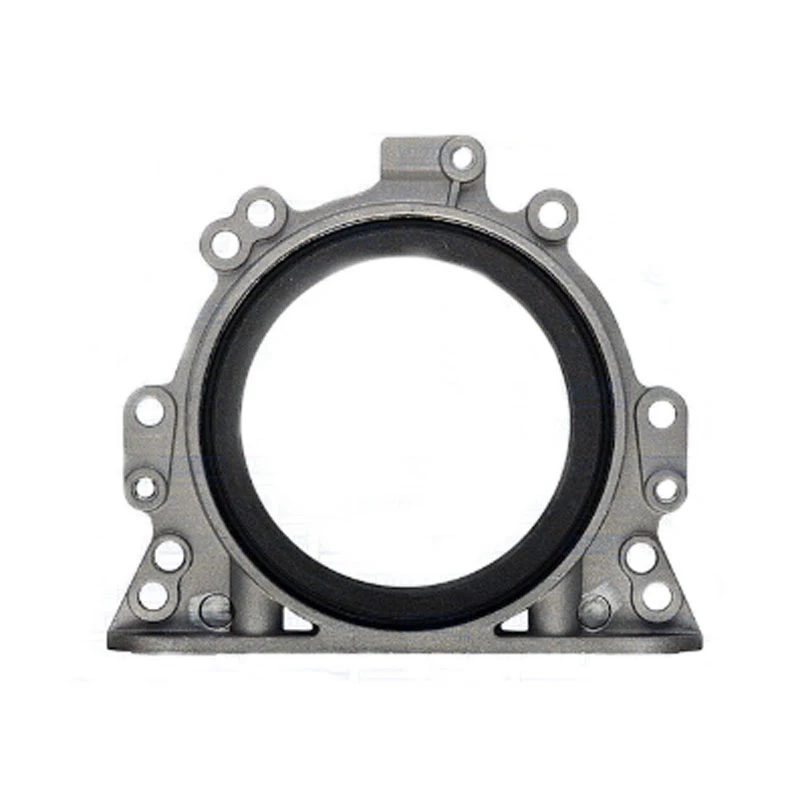M14 Oil Drain Plug Specifications and Installation Guide for Optimal Engine Maintenance
Understanding the M14 Oil Drain Plug Importance and Maintenance
The M14 oil drain plug is a crucial component used in various automotive applications, designed to manage and facilitate the lubrication system in engines. This small but mighty piece of hardware plays a significant role in ensuring that vehicles run smoothly and efficiently. In this article, we’ll explore the importance of oil drain plugs, the specific features of the M14 oil drain plug, and maintenance tips to prolong its life and functionality.
What is an Oil Drain Plug?
An oil drain plug is a small threaded plug that serves as a seal for the oil pan at the bottom of an engine. When it's time for an oil change, the oil drain plug is removed to allow old engine oil to drain out completely. After the oil has drained, the plug is re-installed, and new oil is added to ensure optimal lubrication and performance.
The Importance of the M14 Oil Drain Plug
The M14 designation refers to the size and thread pitch of the plug. Specifically, it indicates that the plug has a diameter of 14 millimeters and a thread pitch of 1.5 millimeters. This size is commonly used in many vehicles, particularly in those manufactured by brands such as BMW, Audi, and Mercedes-Benz.
The M14 oil drain plug is important for several reasons
1. Sealing A properly functioning oil drain plug creates a tight seal, preventing oil leaks that can lead to low oil levels and engine damage.
2. Ease of Maintenance The design of the M14 oil drain plug allows for easy access during oil changes, making regular maintenance more straightforward.
3. Durability Made from tough materials, the M14 oil drain plug is designed to withstand high temperatures and pressures within the engine, ensuring that it can perform its role without failure.
Common Issues with M14 Oil Drain Plugs
While the M14 oil drain plug may seem simple, various issues can arise if it is not correctly maintained
. Here are some common concernsm14 oil drain plug

- Oil Leaks Over time, the washer or gasket can wear out, leading to leaks. Regular inspection is essential to prevent loss of oil and potential engine damage.
- Stripped Threads Continuous removal and installation of the drain plug can strip the threads, making it difficult to secure the plug properly.
- Corrosion Exposure to oil and road conditions can lead to corrosion of the drain plug. A corroded plug may become weakened and more prone to failure.
Maintenance Tips for M14 Oil Drain Plugs
To ensure that your M14 oil drain plug remains in optimal condition, follow these maintenance tips
1. Regular Inspection Check the drain plug during each oil change. Look for signs of wear, such as rough edges or a worn-out washer.
2. Replace the Washer Always replace the washer or gasket when changing the oil. This ensures a proper seal and helps prevent leaks.
3. Avoid Over-tightening When installing the drain plug, avoid over-tightening, which can lead to stripped threads. Ensure it is snug, but not excessively tight.
4. Use the Right Tools Use the appropriate socket or wrench to avoid damaging the drain plug. A tool that fits well reduces the risk of stripping the plug.
5. Monitor Oil Levels Keep an eye on oil levels between changes. If you notice any drops in oil levels, inspect the oil drain plug for potential leaks.
Conclusion
The M14 oil drain plug, though small, is integral to maintaining the health and functionality of an engine. By understanding its importance, recognizing potential issues, and adhering to maintenance tips, vehicle owners can ensure their engine operates smoothly and efficiently. Regular attention to this tiny component can prevent costly repairs and extend the life of the vehicle. Remember, a well-maintained oil drain plug contributes to the overall health of your car’s engine, paving the way for a reliable and enjoyable driving experience.
-
The Ultimate Guide to Boat Propeller Bearings and Trailer Wheel Bearings
News Jul.31,2025
-
The Essential Guide to Marine Bearings and Boat Trailer Wheel Bearings
News Jul.31,2025
-
The Complete Guide to Heavy Duty Seals: Protecting Doors and Spaces Efficiently
News Jul.31,2025
-
Essential Guide to Marine Shaft Bearings and Boat Trailer Axle Bearings
News Jul.31,2025
-
Comprehensive Guide to Marine and Trailer Bearings for Safe Boating and Transport
News Jul.31,2025
-
Comprehensive Guide to Automotive Oil Seals: Protecting Your Engine and Shafts
News Jul.31,2025
-
Understanding Automotive Oil Seals: Essential Components for Engine and Shaft Protection
News Jul.30,2025
Products categories















